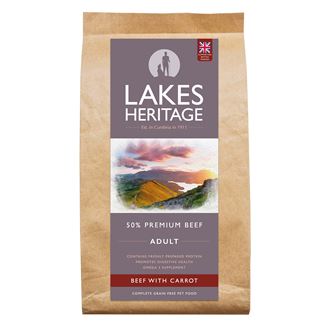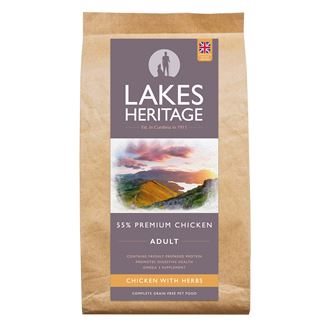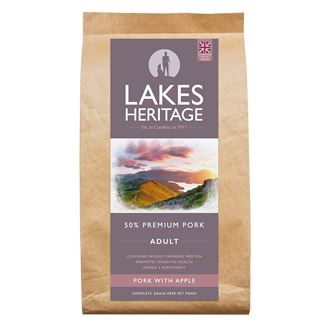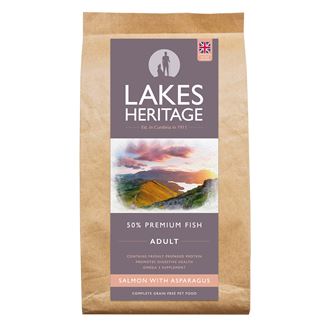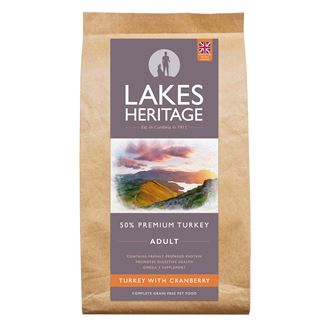Is Dog Food Better With, or Without Grain?
There are lots of choices when it comes to dog food on the market today, and it can be overwhelming choosing which product is best for your dog.
Dog feeds that contain grain and those without grain both have their pros and cons. Every dog is different, and they can all have differing needs when it comes to their diet. So, the most important thing is to understand what your chosen food contains and ensure that it meets your dog's specific needs.
Be sure to check the ingredients and look for whole food ingredients, trying to avoid fillers where you can. It is recommended that up-to half your dog’s diet should be made up of proteins whilst the other half should be vegetables, vitamins and minerals.
Pros of Grain Free Dog Food
A grain free diet for your dog has many health benefits rather than just preventing possible health and gut deterioration. These can include:
- Healthier skin
- Shinier coat
- Keeping dogs fuller for longer
- Can reduce food allergies
- More energy and more playful
- Fewer and smaller stools
- Less shedding
- Better breath
- Reduced flatulence
Cons of Grain Free Dog Food
Your dog may be able to digest grains with no problem and need healthy grains, such as whole grains, in order to meet all his nutritional needs. For example, grains contain magnesium, potassium, omega-3 fatty acids, protein and fiber, which have many health benefits. Grain-free dog treats can lead to weight gain for dogs that are older or less active, as they don’t need the energy that a protein-rich diet provides.
Like all dog foods, if you are thinking of switching your pet to a grain free diet, please exercise the 7 day transition switch starting with 80% current food, 20% new food and switch to 10% more new food in each day over the 7 days. This applies to any diet changes for dogs not just grain free diets. Click here to view the full range of dog food we offer online.
